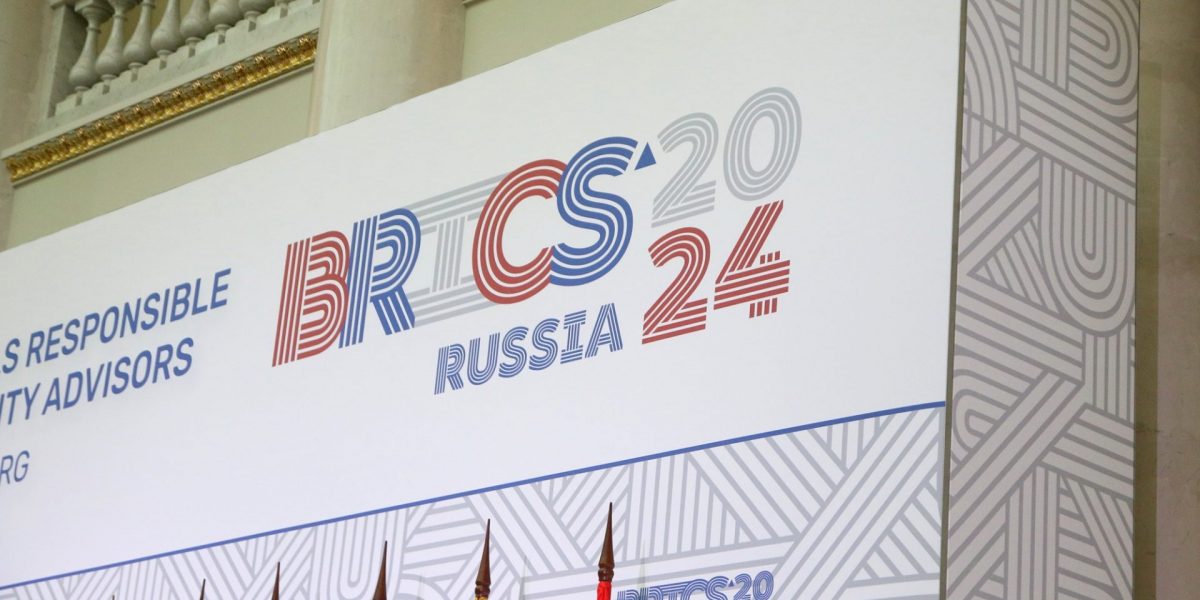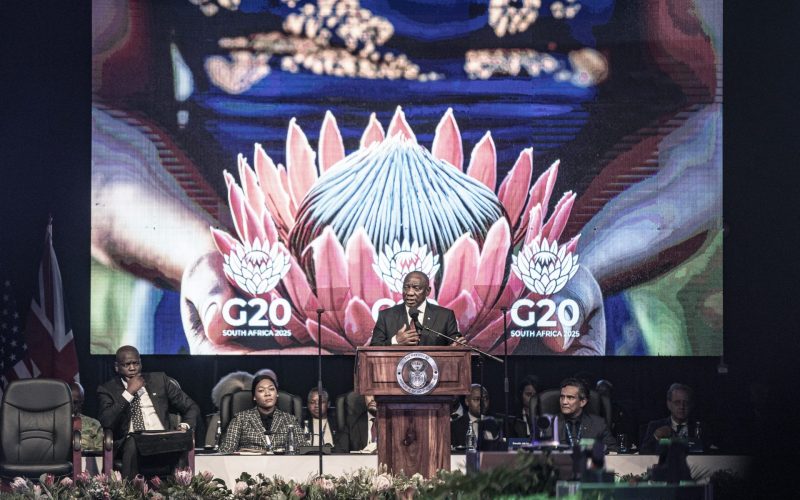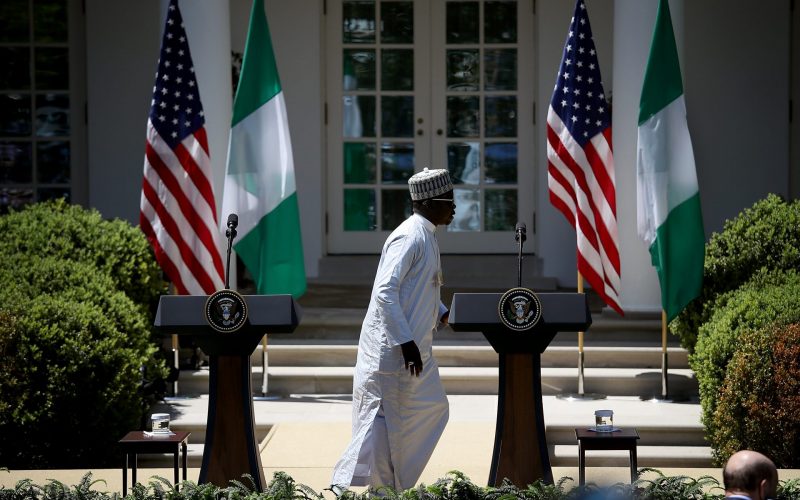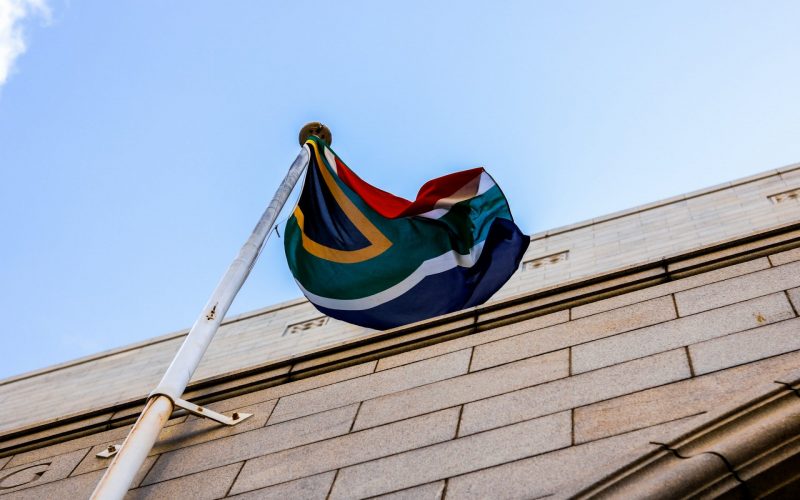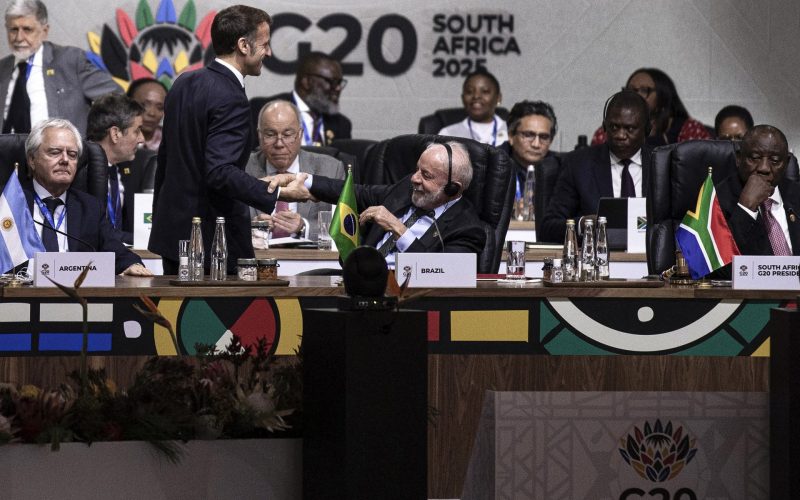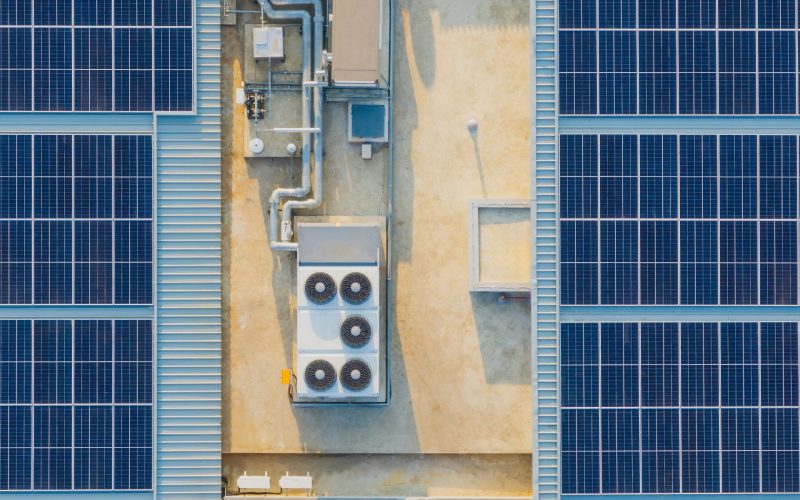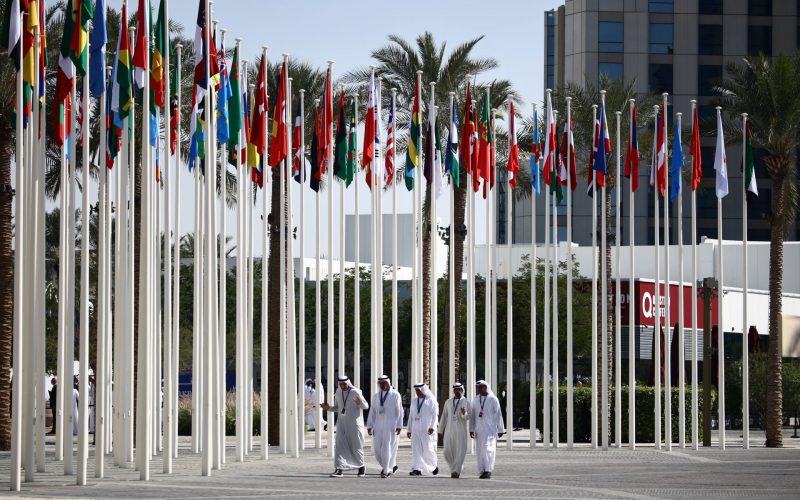As the 2024 BRICS Summit in Kazan, Russia approaches, attention is focused on how the group will balance its growing geopolitical influence with core economic objectives. Following the 2023 expansion when six new members were invited to join, BRICS now faces the challenge of integrating these countries while refining its broader strategy.
The Summit is expected to consolidate past decisions with key topics such as trade in local currencies and the role of partner countries at the forefront.
Here are the critical issues we expect to be on the agenda:
BRICS Post-Expansion and the Issue of Partner Countries
While further expansion is not entirely off the table, it is highly unlikely. Of the six countries invited to join in 2023, Egypt, Ethiopia, Iran and the United Arab Emirates (UAE) accepted. Argentina and Indonesia declined while Saudi Arabia has yet to confirm its membership. With new members adjusting to their roles, there is a growing sense that more time is needed for full integration before considering adding new members. Some original members like Brazil were hesitant about last year’s enlargement and are unlikely to support another wave of entrants at this stage.
Instead, the focus is expected to shift towards clarifying the role of partner countries, building on the BRICS+ format introduced at the 2017 Shanghai Summit and not to be confused with the expanded BRICS. For many members, clarifying the role of partners is more pressing than a new expansion. This would enable the creation of a framework for non-member states to engage in development finance, trade and infrastructure initiatives without requiring full membership commitments. By refining this approach, BRICS aims to deepen global partnerships across Africa, Asia and Latin America while maintaining internal cohesion.
Enhancing Trade Through Local Currencies, Not De-Dollarisation
The BRICS Summit will push for increased trade in local currencies, a strategy often misinterpreted as de-dollarisation. The aim is not to replace the US dollar but to offer BRICS members greater flexibility in cross-border transactions, reducing reliance on the dollar for intra-group trade. This initiative seeks to strengthen financial independence by mitigating the risks of exchange rate volatility, external economic shocks and potential sanctions while maintaining ties to the broader global financial system. In today’s fragmented global economic environment, this approach is seen to provide BRICS members with a more resilient framework for economic cooperation, helping them manage external pressures while preserving flexibility.
The BRICS Cross-Border Payments Initiative, which has been gaining momentum recently, is designed to streamline trade payments among member countries. However, this process is gradual and non-binding and we will unlikely see immediate, large-scale changes at the Summit. Instead, the focus will be on laying the groundwork for further adoption of local currencies as BRICS continues its incremental approach to strengthening financial cooperation within the group.
Coordination Between BRICS, G20 and G7
As global economic governance becomes more complex, the need for greater coordination between BRICS, the G20 and the G7 is becoming increasingly apparent. Five BRICS members – Brazil, Russia, China, India and South Africa – are already part of the G20 with Saudi Arabia potentially joining BRICS. If Saudi Arabia confirms its membership, nearly one-third of the G20 will consist of BRICS members. Meanwhile, the G7, comprising Canada, France, Germany, Italy, Japan, the UK, the US and the European Union, accounts for 35% of the G20.
Each group plays a pivotal role in global economic governance. The G20 brings together advanced and emerging economies to tackle significant global challenges. At the same time, the G7 sets the agenda for key economic policies among the world’s wealthiest nations. By representing influential emerging economies, BRICS offers a platform for countries often underrepresented in global forums. Coordinating these three groups is essential to address shared issues like financial stability, climate action and digital equity.
With Brazil set to chair BRICS and South Africa chairing the G20 in 2025, there is an opportunity to align on critical global issues. With its focus on sustainable development and trade, Brazil could push for greater cooperation on climate financing and trade reforms. South Africa could advance the agenda on financial inclusion and digital transformation. Together, they could foster collaboration between BRICS, the G20 and the G7, paving the way for a more balanced global governance framework.
Sustainability, Climate and a Just Transition
The Summit will be closely watched for signs of what the BRICS expansion may mean for the bloc’s position on climate and the just transition following the addition of two petrostates (Iran and the UAE) and two highly climate-vulnerable states (Egypt and Ethiopia). With BRICS member Brazil hosting the COP30 global climate negotiations next year, there is sure to be a re-affirmation of support for multilateral responses to climate change and the importance of implementing the Paris Agreement. COP29’s negotiations in Baku, Azerbaijan in November will focus on financing for climate responses and energy transitions, a theme that BRICS has addressed consistently, calling for more financial support from developed countries.
While past BRICS declarations have acknowledged the need for a just transition to a low-carbon and low-emission economy, the BRICS insist that countries should be permitted to navigate this transition in line with the principle of common but differentiated responsibilities and respective capabilities as recognised in the Paris Agreement. BRICS have further emphasised that all energy sources should be employed as part of a low-carbon transition and explicitly referenced the importance of fossil fuels in supporting energy security and energy transition. It is unlikely that this position will change at this year’s Summit.
BRICS nations have reportedly agreed on a new framework on climate and sustainable development, which covers a broad spectrum of key climate areas, including finance, the just transition and the role of the private sector as well as a memorandum of understanding towards establishing joint carbon market projects. The framework is not yet public and more details may emerge at the Summit. With the heightening global competition around green technology supply chains and access to the critical minerals they require, we should expect a commitment to deeper collaboration by BRICS countries, including greater efforts to support the local value addition of critical minerals and the development of domestic green technology industries.

